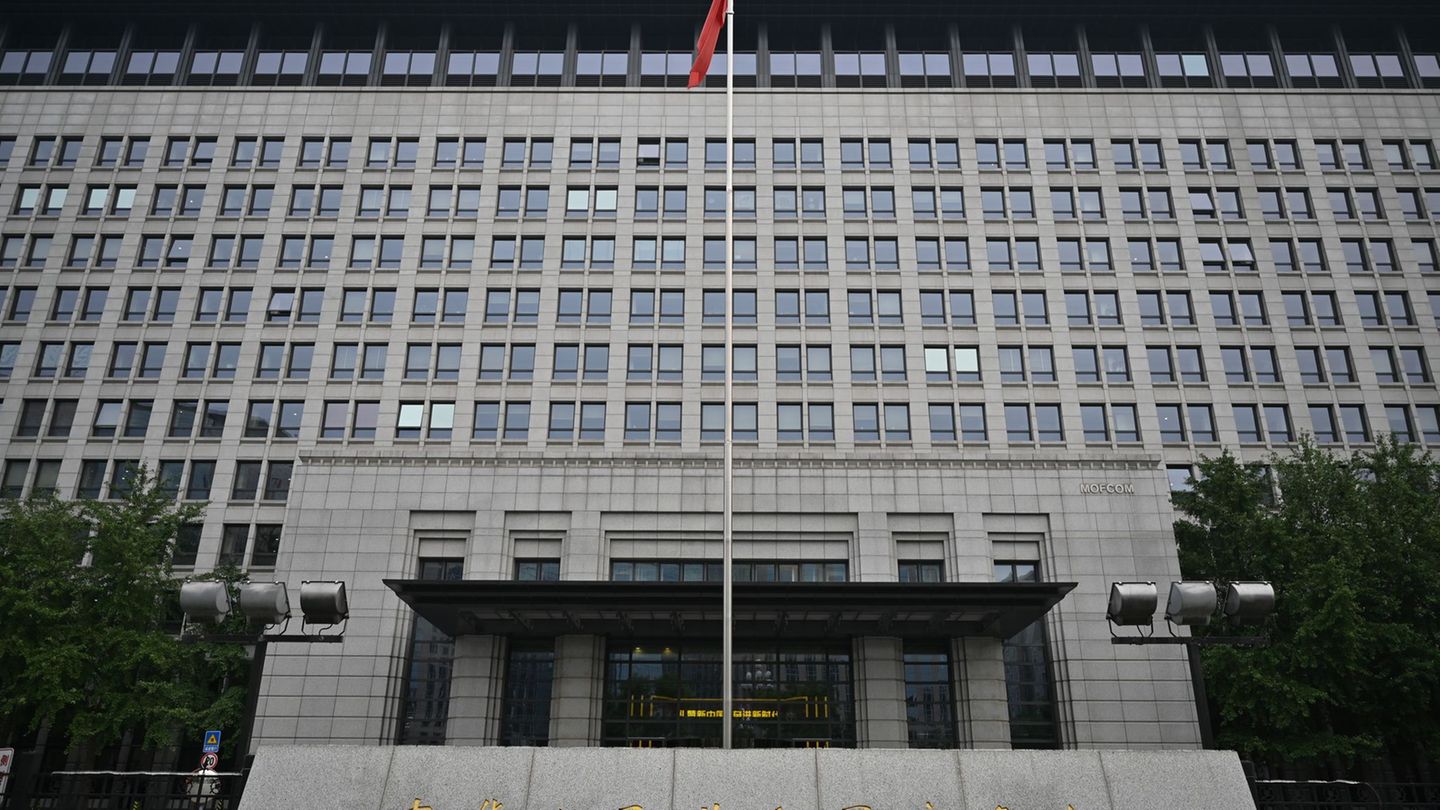At this point, we want to highlight that the incidence of Retentions occurs in the prices that are negotiated in the Cereal Exchanges, which are based on international prices at the official exchange rate and have already discounted the corresponding retention, which is the that exporters end up facing.
With which, the tax pressure on these sectors increased in real terms also due to the aforementioned economic situation.
In the industrial activity We can highlight the labor costs for Social Charges that have not been made more flexible since the promotional discounts or deductions have been fixed and outdated, which increases the pressure due to the depreciation of the currency. The OECD in a report on “Taxes on wages in Latin America” published in 2016 stated that the highest labor costs in the region are those of Argentina, which at that time amounted to 34.2%. With the subsequent modifications, it is currently at an average of 30% depending on the activity whose costs per ART differ according to the risk they face and which increased as a result of the pandemic.
automotive industry cars truck.jpg
Likewise, we make a special mention for the sector automotive industrywhere the Internal Taxes affect the price policy, since certain products that should not be considered sumptuous or luxury goods, can exceed the amount of the scale that determines them a aliquot of 20% on the list price that the buyer of the unit must bear.
Regarding the pressure of Provincial Taxes for both sectors, the Fiscal Consensus 2022 that will soon be discussed in extraordinary sessions of Congress (but each province must ratify with its legislatures), enables provinces to maintain or increase their current tax burdens, which in turn could enable municipalities to increase rates and municipal contributions.
This generates a concern especially with regard to the increased rates and the income limits to apply them, where the lack of consideration of inflation in the approved magnitude is observed in addition to the increase in rates, or the differential treatment in some cases granted. for the production activity, where the same treatment is not given to goods produced outside the jurisdiction in which they are sold, an issue settled by case law but which is still valid in some jurisdictions today.
Additionally, we cannot fail to mention that currently the rate of Income Tax it has been increased by 5% for Legal Entities whose income subject to tax is greater than $50,000,000.- affecting both activities.
Likewise, with regard to the Adjustment for Tax Inflation in the Income Taxwe have clearly seen in the 2022 Budget project (which was not approved by Congress), that the Executive Branch once again intended to “quote” the effect of said adjustment, a situation that is not consistent with the correct determination of the taxpaying capacity of the business subjects, which, if approved in extraordinary sessions, inevitably leads to adding more tax pressure on business results.
Tax Manager of Pgk Consultores.
Source: Ambito




